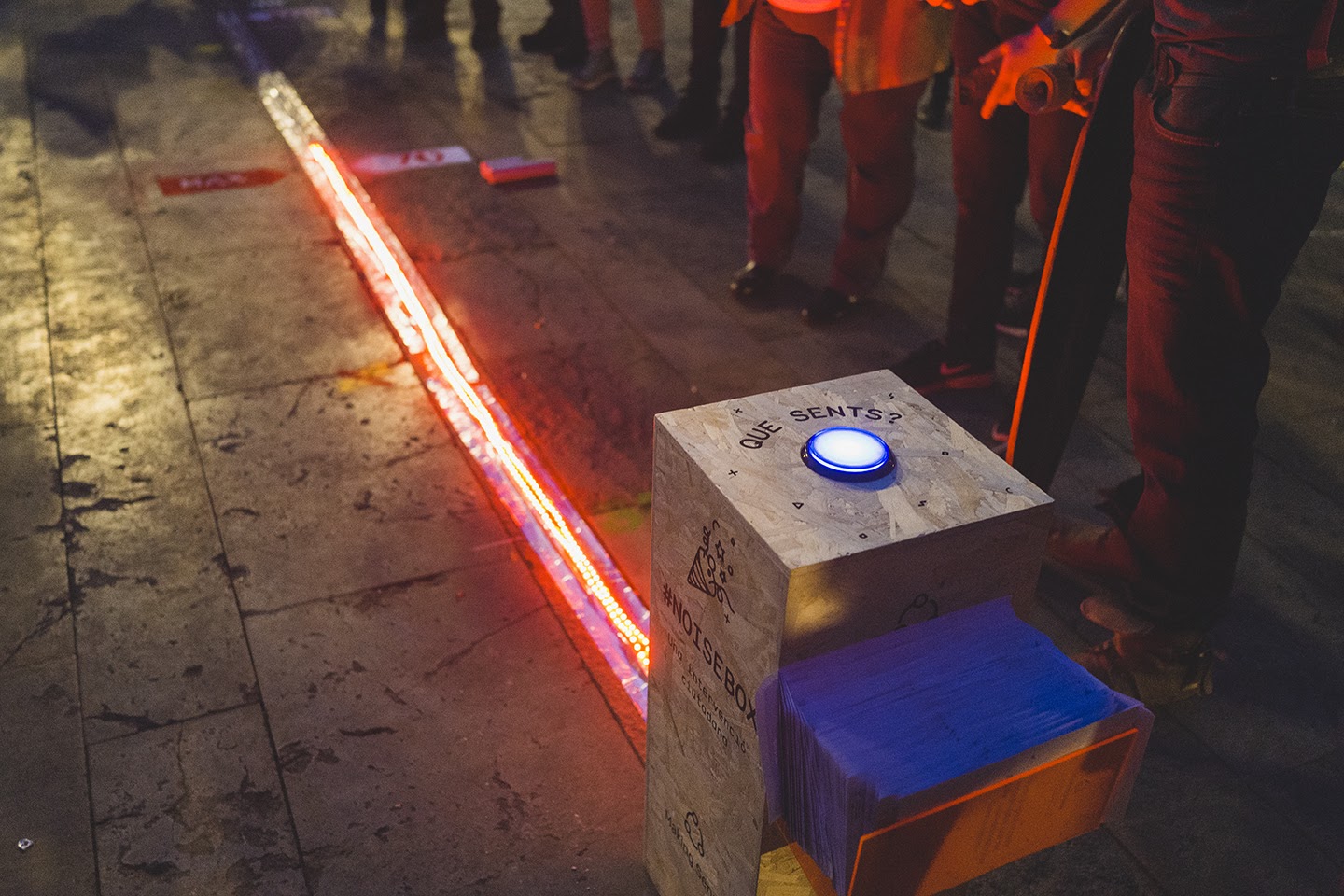
There are many ways you can use your new knowledge to take action and bring about environmental change that matters to you.
Many groups have received a lot of attention recently because of their action against climate change. In 2018, 15-year old Greta Thunberg started sitting in front of the Swedish parliament every Friday to protest against the lack of action by the government on the climate crisis. Her actions kickstarted an international movement that became known as Fridays For Future. Since her first Friday, millions of people joined her in this global movement, and there are hashtags #FridaysForFuture and #Climatestrike that people use to discuss and organise future events. It has also inspired other events, like the Thursday school strikes in Belgium.
You might have also heard of the Extinction Rebellion, a group which also started in 2018. They held their first assembly on Parliament Square in London to announce a ‘Declaration of Rebellion’ against the UK Government in the name of climate change. They continue to organise themselves in distributed groups following a philosophy of nonviolent civil disobedience.
There are many other ways to use your knowledge of environmental challenges and citizen science projects to create actions and activities in your local area. Local activities can create community engagement and start conversations that raise awareness of shared issues.
During the Making Sense project, a group of community champions wanted to find out about noise pollution in Barcelona, their home city. After they discovered that they were regularly being exposed to unhealthy levels of noise, they wanted to create a public action that spread the word about the noise levels in the city. Using the Future Newspaper tool they imagined a world where their data was already actionable. They envisioned an event where people could visually see the noise levels in their community. This became the Noise Box (see photo at the top of this step), an interactive public intervention that hooked a sensor up to an LED strip which would light up and turn from green to red when the ambient noise picked up by the sensor went over the World Health Organisation’s recommended level of exposure.
They brought the Noise Box to the streets of Barcelona and used it as a way to engage with lots of people on the issue of noise pollution. This is a great creative way to use the sensors and data to communicate with others about the problem!